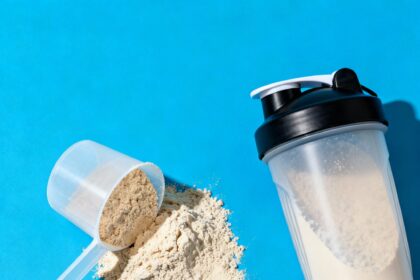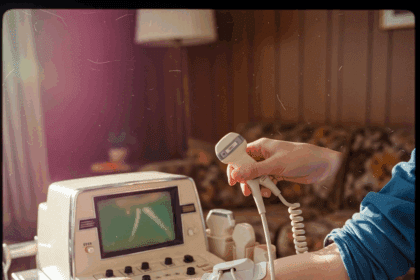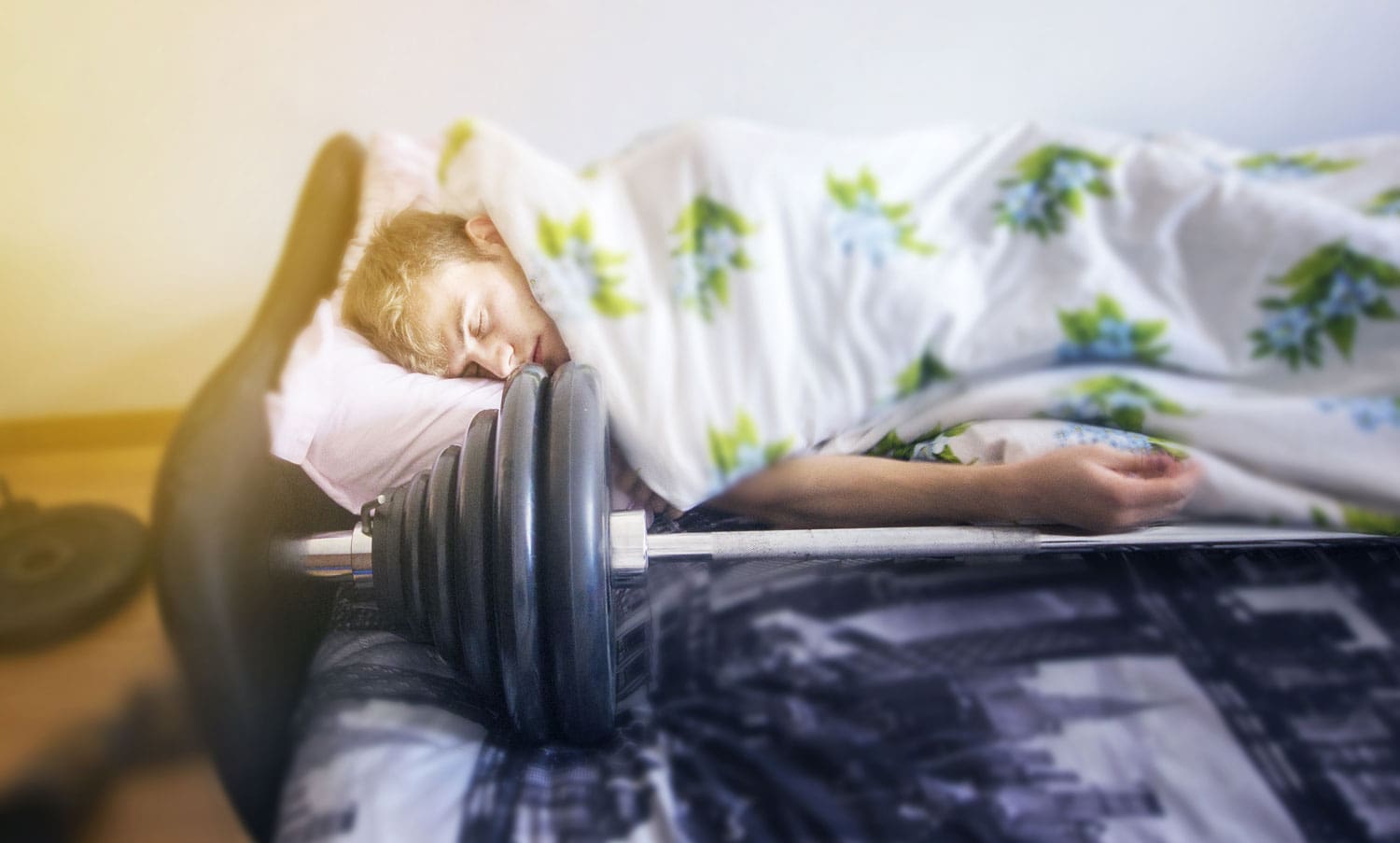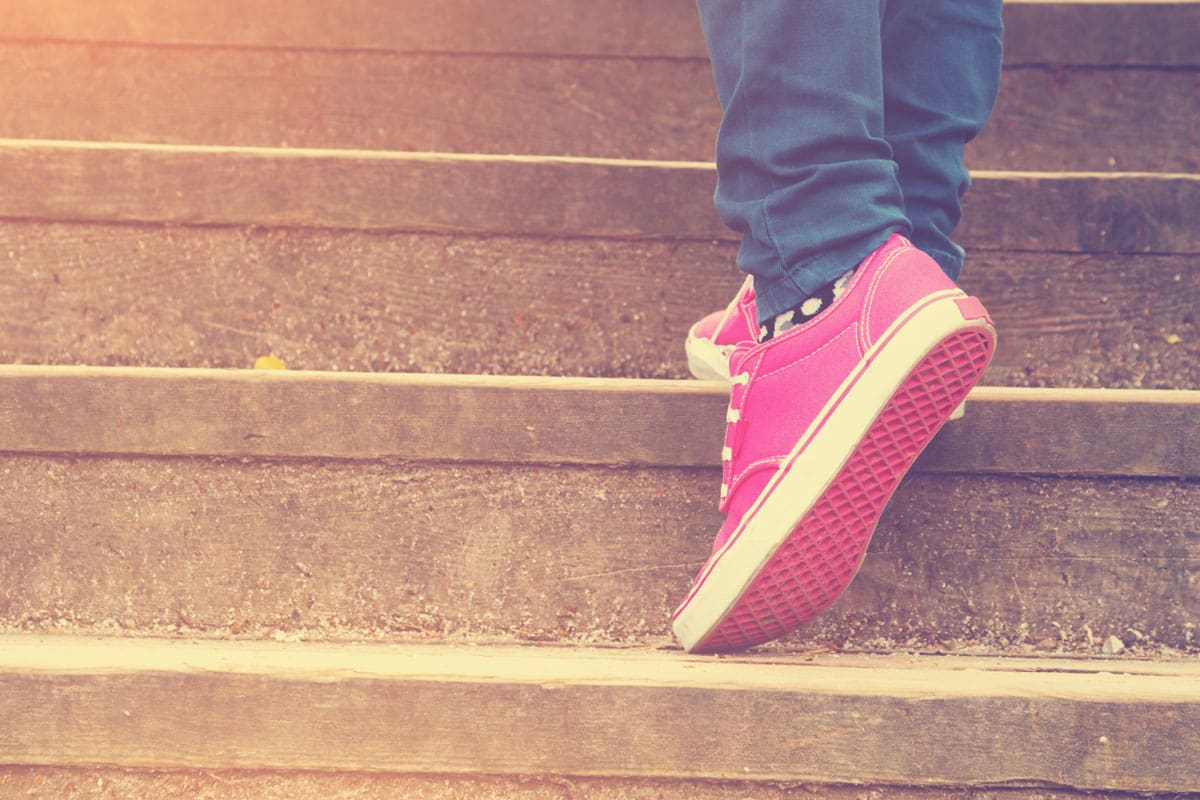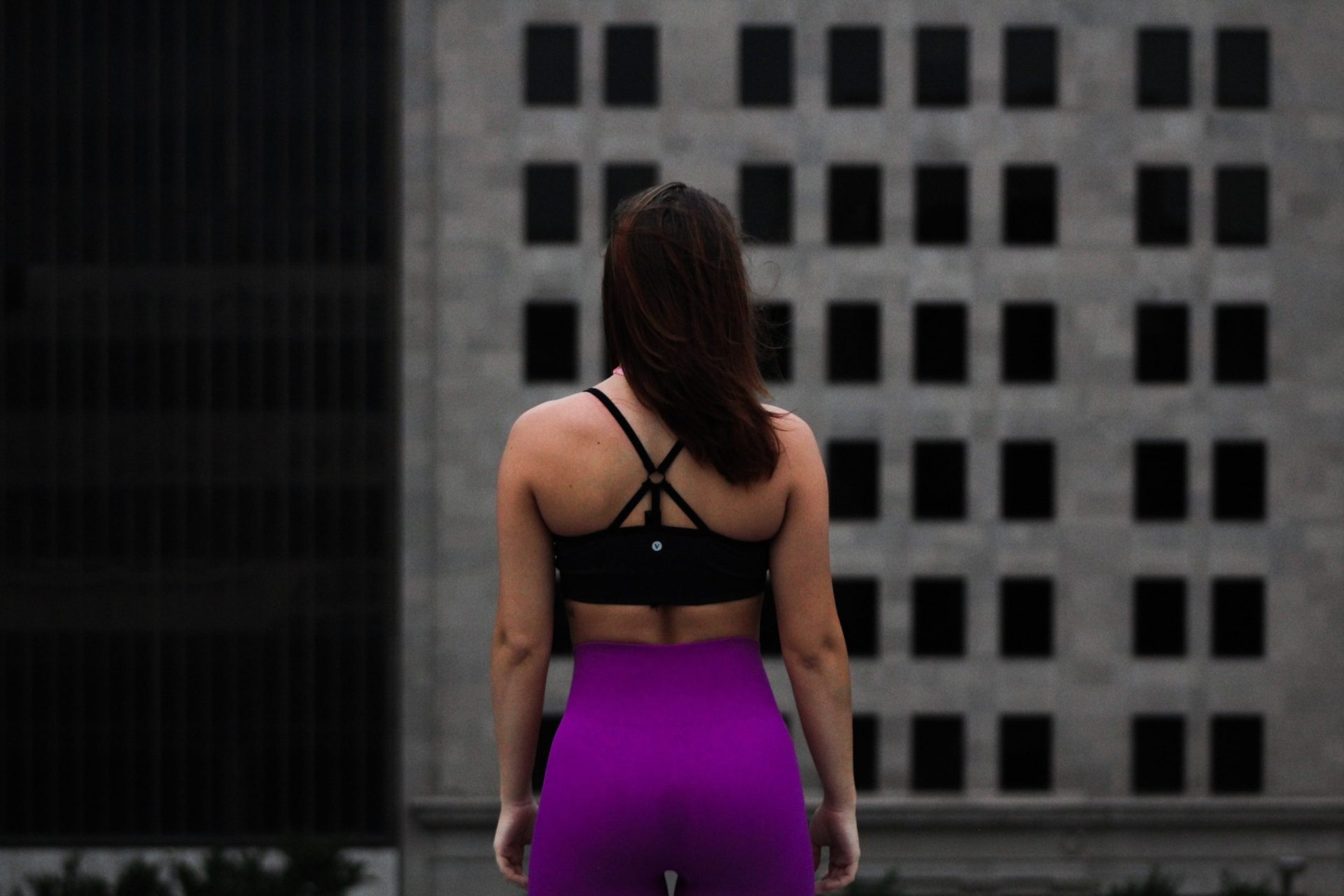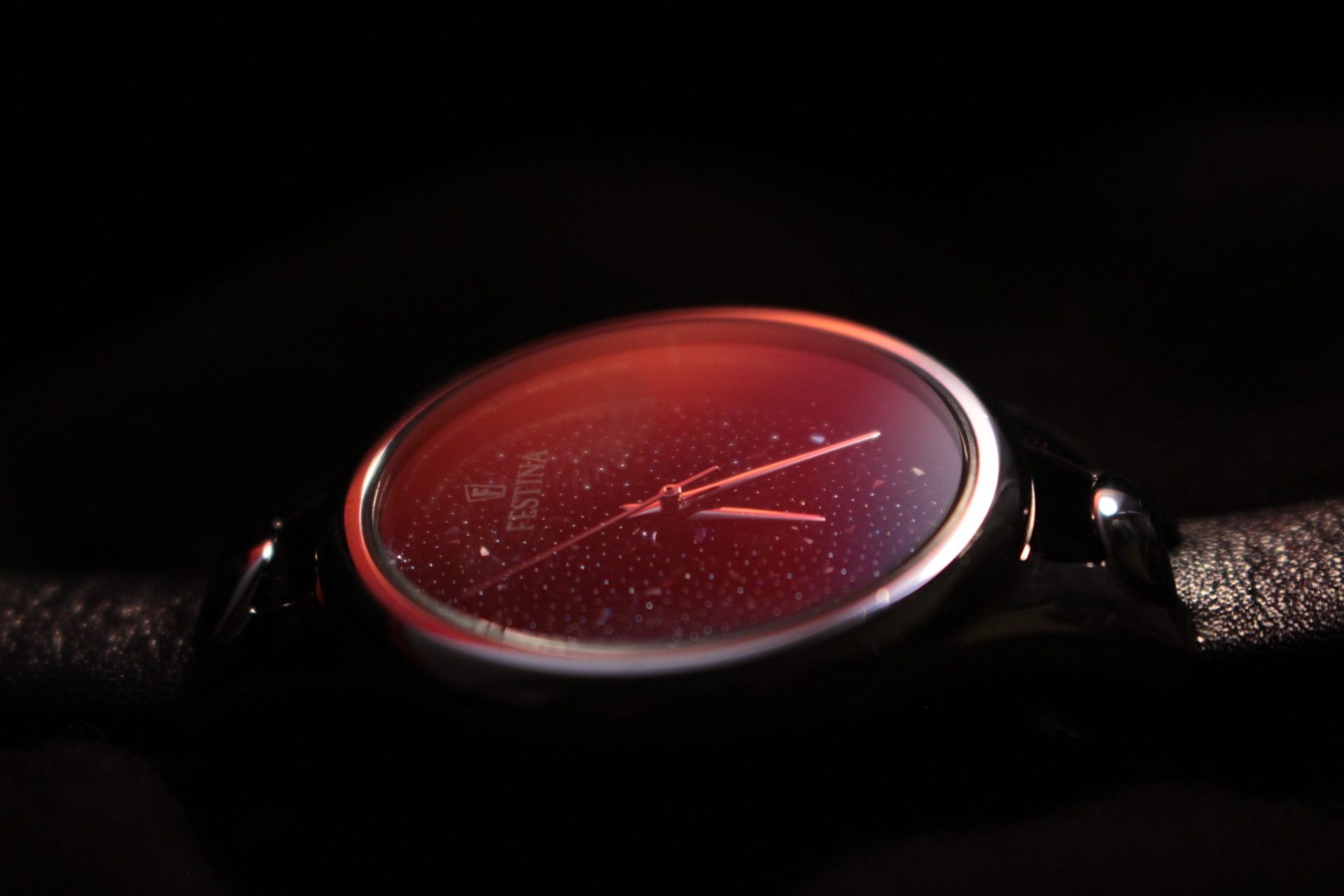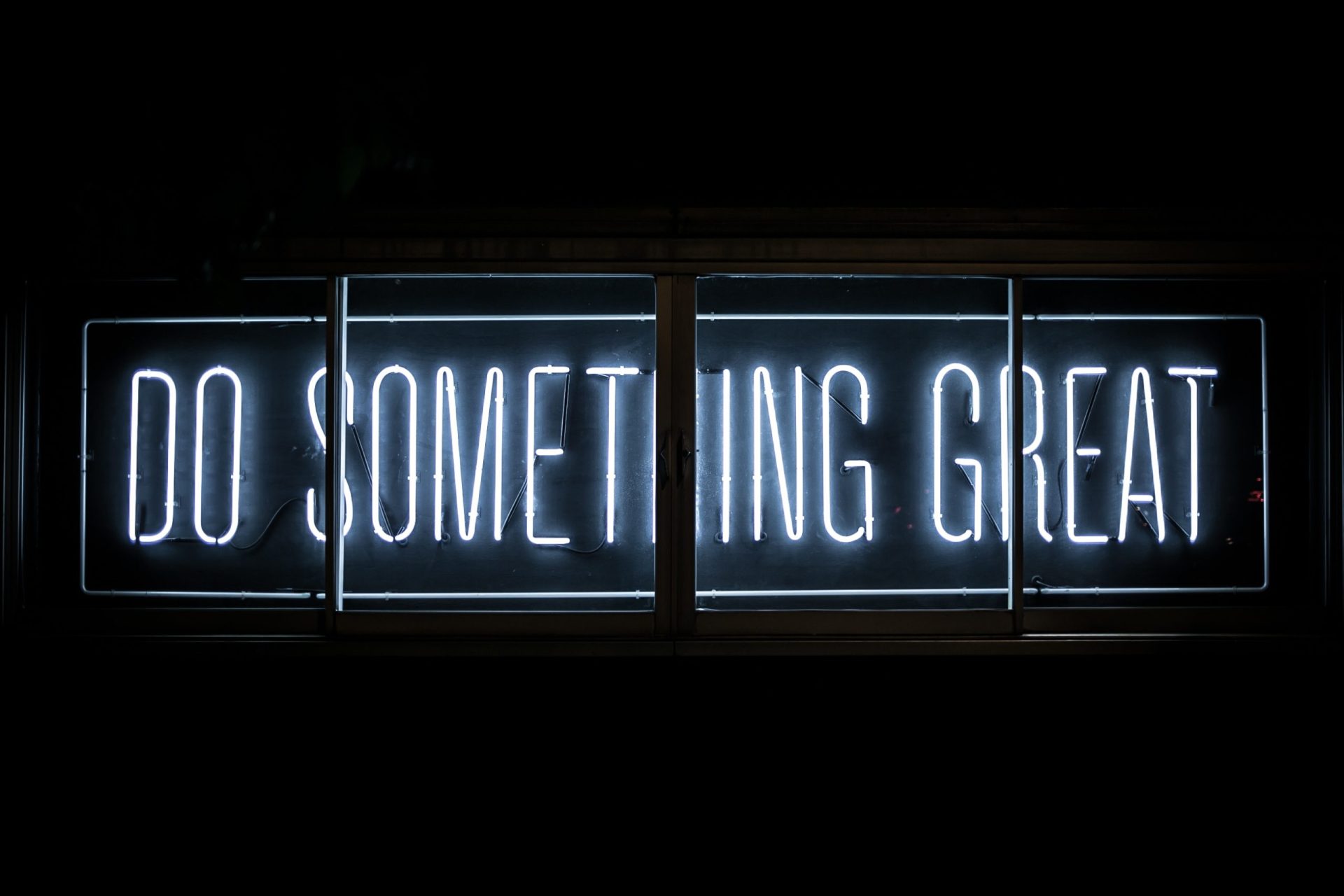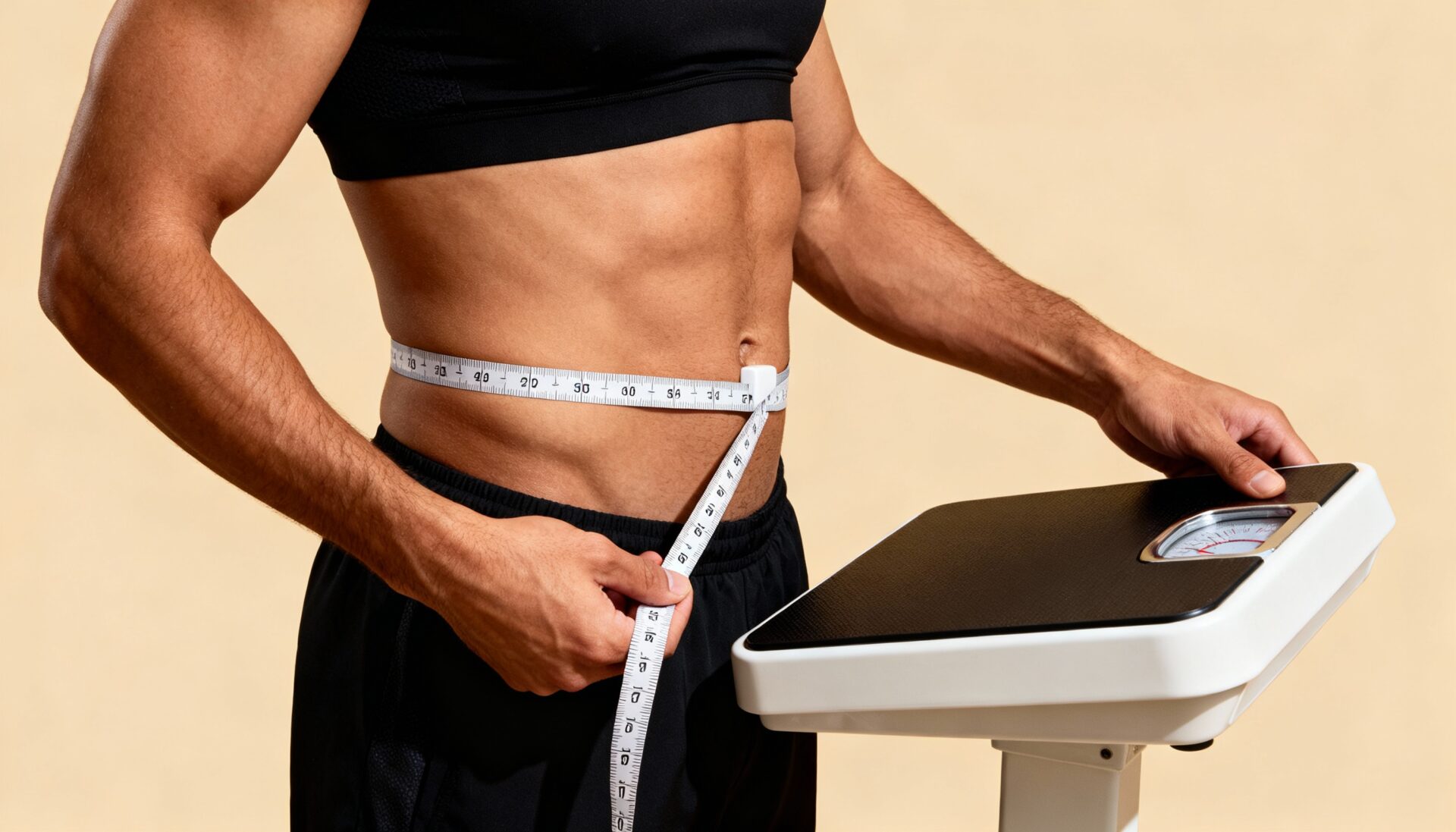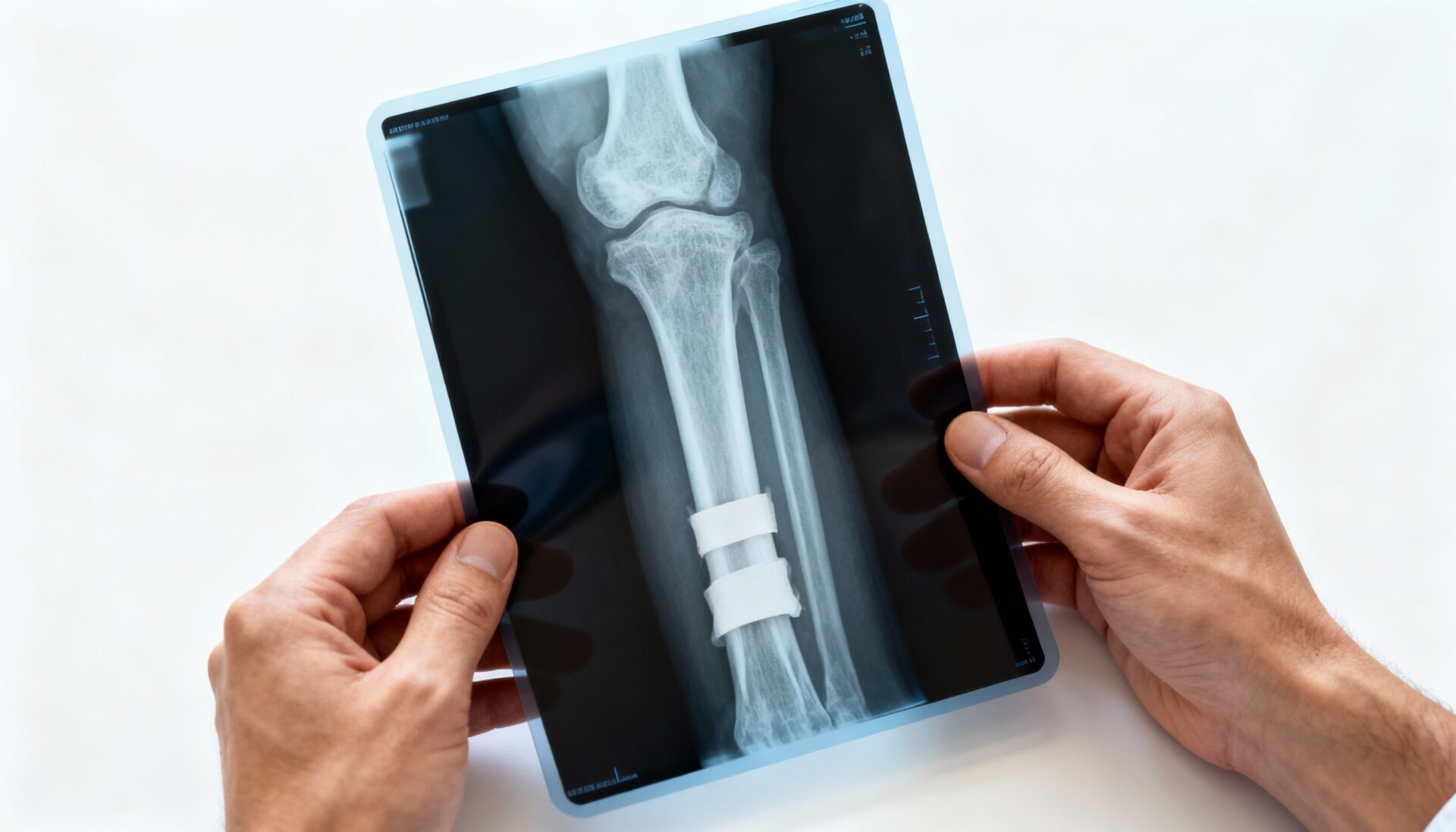By Edwina M. Chrisostome
Understanding Your Body’s Natural Performance Clock
Training and athletic performance can be influenced by a number of factors. One particular aspect to be considered is the effect the time of day has upon the quality of athletic performance. There are many physical and mental processes that change throughout the day.
The two examples are the circadian and diurnal rhythms. Circadian rhythms are behavioral, physical, and mental changes according to a 24-hour cycle. These rhythms have performance related highs and lows at specific times of day. Studies have found a connection between athletic performance and the time-of-day.
The Science Behind Time-Based Performance Variations
The time of day may have an effect on anaerobic power and capacity, blood pressure, stroke volume, exercise response, metabolic rate, isotonic and isokinetic strength measures.
A 1985 study suggested “Circadian rhythmicity in components of athletic performance can be modulated by workload, physiological stressors, motivation, “morningness/eveningness” differences, social interactions, lighting, sleep disturbances, the “post-lunch” dip phenomenon, altitude, dietary constituents, gender, and age.”

Early Birds vs. Night Owls: How Chronotype Affects Performance
A 2018 study looked into “The effects of time of day and chronotype on cognitive and physical performance in healthy volunteers.” This study tried to determine if early or late chronotypes were affected when performing athletic activities at a specific time. Fifty-six healthy subjects were gathered, 25 “early birds” and 31 “night owls”.
They used circadian phase markers, Munich Chronotype Questionnaire, and objective actigraphy to measure physical and psychological performance. They also used a self-reported daytime sleepiness scale, recording three separate hours of the day. They concluded that, if an individual is a late or early chronotype doing physical activity at the opposite time from their typical peak hours, performance will most likely be compromised. Late chronotypes were found to struggle in all assessments compared to the “early birds” during morning activities.
Coaches should incorporate this information into their training regimens by assessing their athletes and their sleeping schedules. The results of this study suggest that, if a coach typically schedules training in the morning, and most team players are late chronotypes, this could ultimately affect performance.
Morning vs. Afternoon Training: Evidence from Basketball Players
Another study from 2017, compared athletic performance of morning vs. afternoon training sessions in intercollegiate basketball players. They collected data on player readiness (omega wave), self-reported sleep quantity and fatigue (countermovement jump height, CMJ).
Ten Division-1 basketball players participated in the trial during preseason. All strength and conditioning activities were performed in the morning or afternoon. They found that “When player load and duration were matched, CMJ (58.8 ± 1.3 vs. 61.9 ± 1.6 cm, p = 0.009), Power (6,378.0 ± 131.2 vs. 6,622.1 ± 172.0 W, p = 0.009), and self-reported sleep duration (6.6 ± 0.4 vs. 7.4 ± 0.25 p = 0.016) were significantly higher with afternoon strength and conditioning training, with no differences observed in player readiness values.”
It was concluded that morning training had an overall lower performance value and was correlated with lower sleep quantity. The results suggested that higher sleep quantity may show an improvement in athletic performance, attitude, and reaction time.
Soccer Performance: Testing Aerobic and Anaerobic Capacity Throughout the Day
The time of day may have an effect on aerobic and anaerobic performance in athletes. Knowing the best time to train is important. The higher the capacity, the more effort an athlete will be able to exert with increased VO2max, endurance, increased muscle mass and strength.
The 2012 study “Diurnal variations in physical performances related to football in young soccer players,” researchers from Asian Journal of Sports Medicine examined the effects time of day had on the anaerobic and aerobic performances of young soccer players. In a randomized and counterbalanced repeated measures design, 20 junior male soccer players completed the Repeated Sprint Test (RSA), the Yo-Yo, and the Wingate tests at two different times of day (0700 and 1700) with a 36-hour recovery period.
The participants were asked to maintain a consistent sleeping schedule, stay physically active, and arrive at the lab in a fasted state. Also, the site was kept at a stable temperature for both morning and afternoon sessions. The performance results from the Wingate test, peak power and mean power were significantly higher in the evening than the morning. During the RSA test, peak power was higher during the 1700 sessions. Finally, during the Yo-Yo test, the total distance and maximal aerobic velocity was higher in the afternoon. Overall, young soccer players seemed to have a higher performance rate in the evenings.

How Your Body’s Systems Change Throughout the Day
Circadian variations in blood pressure, skin temperature, heart rate, cardiac output, blood, and metabolic variables fluctuate during different times of the day. In a 2007 study, 14 physically active male participants volunteered to help the researchers determine if time day affected gross efficiency, VO2kinetics, and net efficiency.
The males trained less than twice a week. Their chronotypes were evaluated. Five were found to be “moderate morning types”, seven were “neither type,” and two were “moderate evening type.” The study had 5 sessions. The first day was cycling familiarization. The other days were the actual tests. The subjects did not participate in strenuous activity during the experiment. Before the morning test at 0700 and 0830, the participants awoke for one hour to maintain a resting state. They ate a light breakfast 2 hours before exercise and a light dinner the day before.
Before the afternoon test at 1900 and 2030, they were told to eat a light lunch. An electromagnetically braked cycle ergometer was used to perform the cycling exercise. “The subjects performed a 5 min cycling exercise at 45 W, followed after 5 min rest by a 10 min cycling exercise at 80% of the power output (80%PTvent).” During their resting state, the subjects sat on the cycle ergometer for 3 minutes while their respiratory data was recorded. The main findings were net efficiency and VO2 kinetics were improved in the evening, while gross efficiency was not affected.
This suggested that performance could improve if practiced in the afternoon. Coaches working towards a particular goal might consider alternate training times to see which works best.
What This Means for Athletes and Coaches
It should be noted that in all of these studies, other factors may also have affected the outcomes including environment, mental state, sleep schedule, and other physiological and psychological processes. Yet, from the studies reviewed it appears that working out in the evening may have more benefits compared to morning, unless the individual is an early chronotype.






